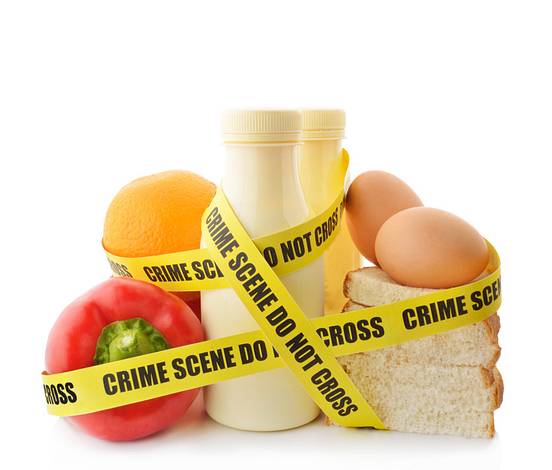If you work in the food and beverage industry, your business depends on your ability to pass a food safety audit. In this article, we'll explain the three pillars of the Hazard Analysis and Critical Control Points (HACCP) system, so you know what to expect and how to achieve HACCP certification.

Food safety:
In very simple terms, food safety refers to the production of food and beverages that are safe for consumption. Because food safety is a matter of public health, there are strong regulations in place to prevent contaminated food from reaching the market. These include regularly conducting a food safety audit at certain businesses.
Understanding HACCP:
According to the FDA, HACCP is a method of analyzing and controlling any hazards that are part of a production process, from raw material production to manufacturing, distribution, and consumption.
HACCP creates different checkpoints along this process to check for biological, chemical and physical risks. This allows you to run a food safety audit at different points in the product's lifecycle, using rigorous HACCP certification standards to monitor for contamination throughout a product's lifecycle.
Here are the seven major concepts of the HACCP certification process:
When it comes to a food safety audit, there are three areas that business owners should be thinking about. Here's how each of these plays a role in HACCP certification:

1. Hygiene in the production area
To produce and distribute clean products, you need a clean working environment. Otherwise, contaminants are far more likely to end up in the food.
There are many factors to take into consideration during this part of a food safety audit. For example, if you have machinery that is only accessible from one side, you may be unable to clean it thoroughly.
Waste management also plays a big role in food safety. There must be certain areas of your facility where waste cannot be stored at any time, to prevent pests and lower the risk of any cross-contamination.
You must also make sure your staff has access to clean water throughout the facility, so they can wash their hands and wipe down surfaces.
If you store food in your facility, make sure it's kept at the appropriate temperature, and use the "first in, first out" principles to make sure that food is kept fresh at all times.
2. Employee training
To achieve HACCP certification, every member of your staff should go through extensive training that covers:
3. Diligent documentation
Documenting the processes you put in place may seem like an unnecessary burden, but it's just as essential as the other pillars on this list.
When it comes time to conduct a food safety audit, your documentation will be vital to help inspectors understand whether you've been following protocol. These must be live documents, routinely updated to ensure they are practical and maintained throughout production, from storage to shipping.
It takes a lot of work to meet HACCP standards. Now, imagine if all your hard work was stymied by poor air quality in your workplace!
If you don't take clean air into account, all of your efforts to improve food safety could be fruitless. Without an air purification system in place, dust particles, gases, germs, viruses, and other harmful materials will make their way into your products, no matter what other measures you've taken.
There's no better way to solve your clean air issues than with a professional air purification system from Zehnder Clean Air Solutions. Our air purifiers provide maximum hygiene, while also improving productivity and reducing cleaning and maintenance bills.
To complete your subscription to our newsletter, simply click on the link in your inbox. If you don't receive anything, check your spam folder to be sure.